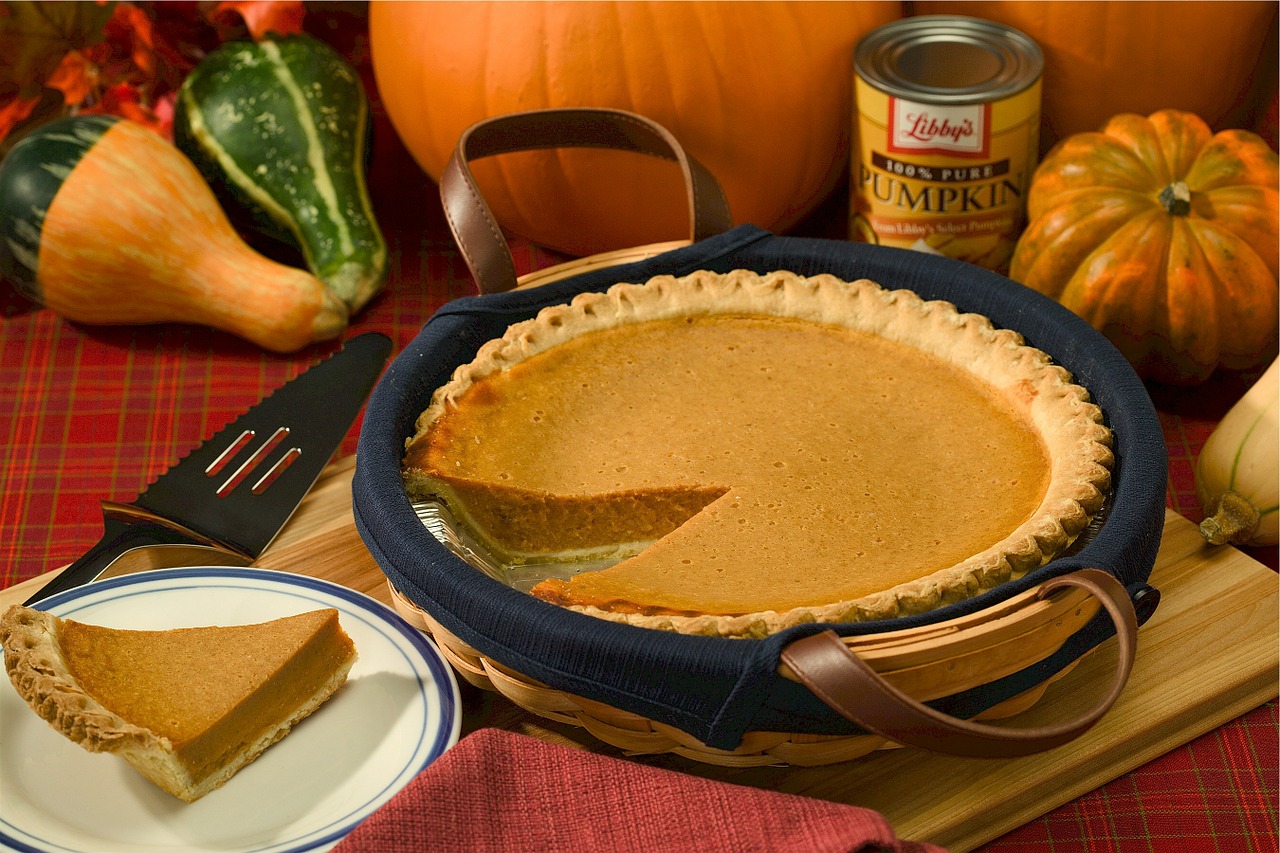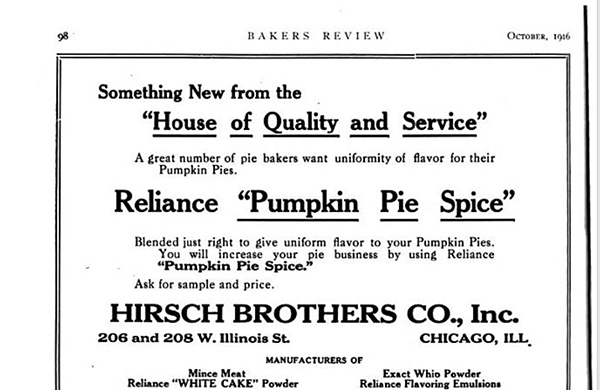There’s pumpkin-spice everything in stores this time of year. Who invented pumpkin spice? Or, where did this spice blend come from? Find out (and tell your friends) the answers to these questions about one of our most popular fall flavors.
We’re sure you’ve observed that the flavor of pumpkin spice has infiltrated foodstuffs up and down each and every aisle of the supermarket, our coffee shops, bakeries, and even the local brewery. Sometimes it works, and sometimes is doesn’t! But the main question we get is …
Does Pumpkin Spice Contain Pumpkin?
No! It’s a bit of a misnomer to call it “pumpkin” spice when it contains absolutely NO pumpkin.
The traditional ingredients of pumpkin spice can vary depending on the recipe though most will consist of cinnamon, ginger, nutmeg and clove or allspice. All of these spices are considered aromatic and warming.
Cinnamon, nutmeg, and clove are all spices that originated in the East Indies, while ginger originates from China. Allspice is the lone spice from this side of the hemisphere, Jamaica. However, many pumpkin spice-flavored products on the market may not contain any of these pure ingredients. Instead, they can be made with artificial ingredients that mimic the flavor along with a whole bunch of sugar.
With a few steps and a few ingredients you can make your own pumpkin spice blend to be sure you are using the purest ingredients in your baking.
Who Came Up With Pumpkin Spice?
Though it seems to have all started with the Pilgrims, to whom pumpkins were considered a valuable food source. Pumpkins were introduced to the settlers by the Natives of America. The pilgrims quickly adapted to this new fruit and found various ways to incorporate it into their diet. They would cut the top off of the pumpkin, scoop out the seeds, and fill it with cream, honey, eggs, and spices. Then, they would place the pumpkin top back on and cook it in the ashes of a hot fire. When finished cooking, they remove it from the ashes and scoop out the contents along with the cooked flesh of the shell. It was like a custard or pudding. Pies were common in Europe as were the use of the warming spices that made their way to the ports of America along with the colonizers. It didn’t take long for these cooks to mate the two and create pumpkin-spiced puddings, pies, and other baked goods.
Pilgrim verse, circa 1633
For pottage and puddings and custards and pies
Our pumpkins and parsnips are common supplies,
We have pumpkins at morning and pumpkins at noon,
If it were not for pumpkins we should be undoon.

The Marketing of Pumpkin Spice
While the origin of spices mixed together to flavor pumpkin baked goods evolved organically based on the resources that were available to the colonizers, the introduction of a pre-measured pumpkin spice mix in a tin was a marketing angle aimed at easing the workload of the busy cook. It offered a more calculated attempt at selling this pumpkin pie spice. In one 1916 October edition of the Bakers Review we see an ad for “Something New from the House of Quality and Service, a Reliance Pumpkin Pie Spice blend for ‘uniformity of flavor”.

About 30 years later, McCormick introduced its own Pumpkin Pie Spice, which quickly became a pantry staple that helped cooks create delicious pies and cakes for their families and communities.
100 Years Later and Pumpkin Spice is a Cultural Craving!
Fall offers up a certain comfort in the crispness of the air and the act of bundling up in a warm sweater. The vision of sunrays falling on an ever-changing palette of autumnal hues and feasting on fresh apples and squashes, as well as warming, aromatic food and drink. We begin to move into a reflective space and a period of coming together with family and friends for gatherings. We often reflect upon our gratefulness. It’s as if autumn offers a brief state of heightened sensory input while transitioning from summer to winter.
Our senses are piqued, particularly our olfactory sense. Smell is the only sense that has a direct link to the deeper parts of our brain, the amygdala and the hippocampus. These areas are directly related to memory and emotion. The pervasive use of aromatic spices like cinnamon, ginger, and clove means that with just one whiff of something, a memory can be created or retrieved, and an emotional response invoked.
By flavoring everything with pumpkin spice, the hundred-year-old blend of cinnamon, clove, allspice, and ginger, creative marketers might be tapping into our sense of nostalgia that abounds this time of year. Combine that with a “limited-time offer,” and it has become a marketer’s delight. Either way, the trend is real, from pumpkin-spiced beer to coffee, cat food, and cereal.
Are you a fan of the pumpkin spice craze, or does it drive you crazy?
What moistens the lip and what brightens the eye,
What calls back the past, like the rich Pumpkin pie?
- John Greenleaf Whittier
See our recipe for pumpkin spice here.











